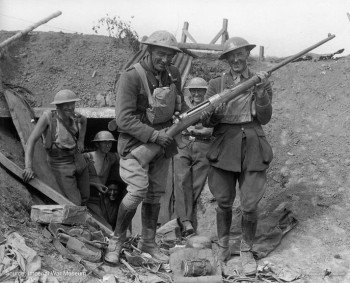 Battleground: The Greatest Tank Duels in History, ed. Steven J. Zaloga (Osprey Publishing 2011)
Battleground: The Greatest Tank Duels in History, ed. Steven J. Zaloga (Osprey Publishing 2011)
A big, solid book about a big, solid weapon: the tank. But tanks are mobile too. Their contradictions are part of what’s so fascinating about them. On the one hand, they’re terrifyingly powerful. They can crash through houses, wreak havoc with a single shot and grind human beings to bloody pulp. On the other hand, they’re horrifyingly vulnerable. The same armour that protects the crew can trap them:
On the defensive side, the T-72’s armor was vulnerable to the Abrams 120mm gun and its unshielded ammunition meant that penetrations usually led to catastrophic fires which incinerated the tank, often too quickly for the crew to escape. These spectacular explosions were profoundly demoralizing to the crews of neighboring tanks, who sometimes abandoned their own vehicles after witnessing such frightening conflagrations. (“M1 Abrams vs T-72: Desert Storm 1991”, “Analysis”, pg. 355)
That’s from the final section of the book, which covers the confrontation between American and Iraqi tanks in the Gulf War of 1991. Before that, the expert contributors discuss “T-34 vs Panther: Ukraine 1943”, “Tiger vs Sherman Firefly: Normandy 1944”, “M26 Pershing vs T-34-85: Korea 1950” and “Centurion vs T-55: Golan Heights 1973”. This is a work of serious military history and there’s a lot of technical, technological and tactical detail. But tanks aren’t just interesting: they’re exciting too and this book is also about the “mortal danger and adrenaline rush of combat” (pg. 119), whether that’s explicit or not.
And the first two sections are about the dark glamour of Nazism. Aesthetics and associations always mattered to Hitler’s death-cult, which is why exotic Panthers were fighting utilitarian T-34s in Ukraine and menacing Tigers were fighting feeble-sounding Fireflies in Normandy. German weapons and uniforms looked good too, as you can see in the short biography devoted to the “Tiger tank ace” Michael Wittmann:
… Wittmann served in the bitter defensive stands the Germans enacted in and around Caen during July [1944]. Yet on August 8 – by which time the now SS-Hauptsturmführer (Captain) Wittmann had claimed 139 combat kills – the Panzer ace met a warrior’s end during a desperate counterattack launched against numerically superior Allied forces. (pg. 133)
Tanks are the modern equivalent of cavalry and the glamour that went with the latter now goes with the former. Like cavalry, tanks can transform battles in a single sudden burst of speed and violence. But cavalrymen were often thought of as gallant but stupid, as Conan-Doyle’s Brigadier Gerard proves. Tankmen have to be clever and courageous. And cool under pressure. As technology advances, the minds of the men who use it have to adapt. Those who adapt best, fight best and survive best.
War has always been about technology and technological advance, whether it was iron weapons surpassing bronze weapons millennia ago or computer viruses wrecking centrifuges in the 21st century, but tanks were a particularly big innovation. They combine the killing power of artillery with the mobility of cavalry and the toughness of fortifications: what could Alexander, Julius Caesar, Gustavus Adolphus or Napoleon have done with them? As it was, they appeared in a war whose generals are generally regarded as buffoons, not geniuses. That was the First World War, which this book acknowledges but doesn’t discuss at length. Tanks weren’t a perfected weapon then, after all.
They still aren’t, but they had got a lot closer by 1939 and the Second World War, which was their first great chance to show what they could do – or rather, what they could be. And what could they be? The difference between victory and defeat in battle. They were the basis of the Wehrmacht’s initial success, then of the Allies’ fight-back and eventual triumph. After that came the Korean War, the Arab-Israeli war of 1973, and Desert Storm. All of these are covered here and all have their lessons for the military historian and their excitement for the tank-buff. The text enlightens and the graphics illustrate. You even get to look through the gunsights. If you like tanks, you should like this book.

